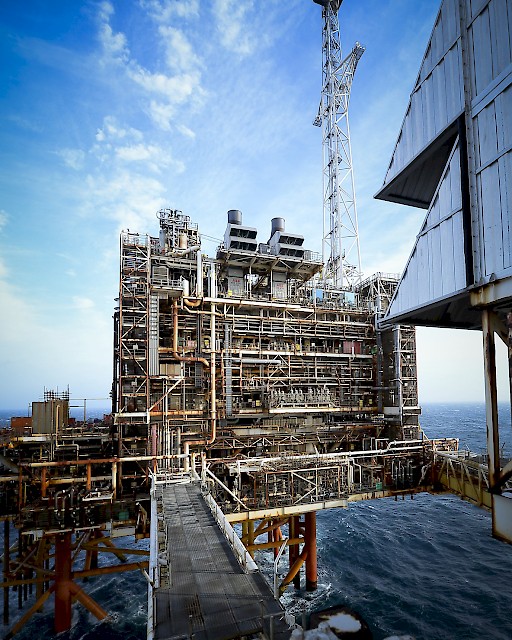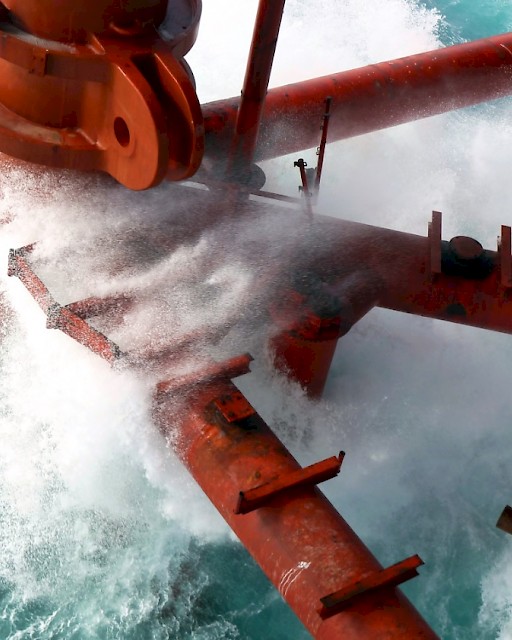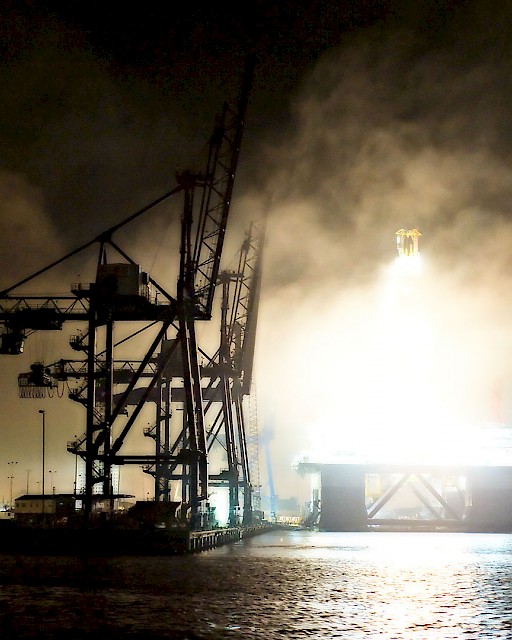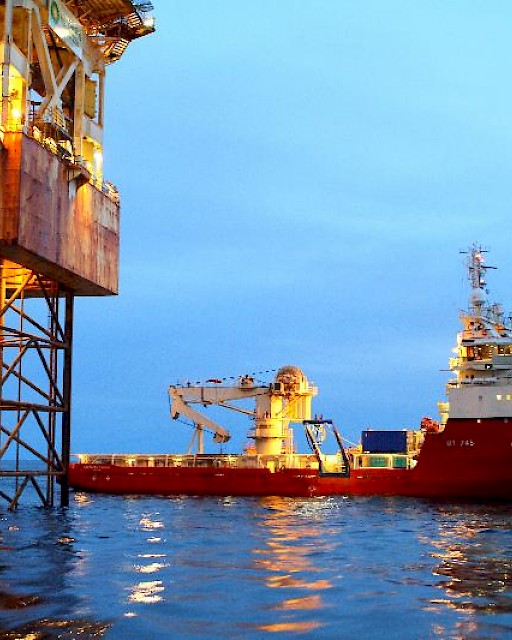Discharges
The OSPAR Commission collects annual data on:
- the use and discharge of offshore chemicals,
- discharges of oil and radioactive substances;
- atmospheric emissions; and
- accidental spills.
To this end, the Offshore Industry Committee (OIC) collects and assesses data on the number of installations, the use and discharge of drilling fluids and cuttings, discharges of oil and radioactive substances in produced water, chemicals used and discharged offshore, accidental spills of oil and chemicals and emissions to air. These are published in the annual OSPAR Report on Discharges, Spills and Emissions from Offshore Oil and Gas Installations. The reports also present cumulative data on discharges and emissions showing trends over the last 10 years.
As part of OSPAR's Quality Status Report due to be published in 2023, we have published an in-depth report on the assessment of impacts of the offshore oil and gas industry on the marine environment along with a series of fact sheets. The fact sheet on decommissioning can be accessed by clicking the image below.
OFFSHORE INDUSTRY QSR 2023 THEMATIC ASSESSMENT
Briefing note for the thematic assessment
The OSPAR Commission has put in place a number of measures to reduce discharges by the offshore oil and gas industry.
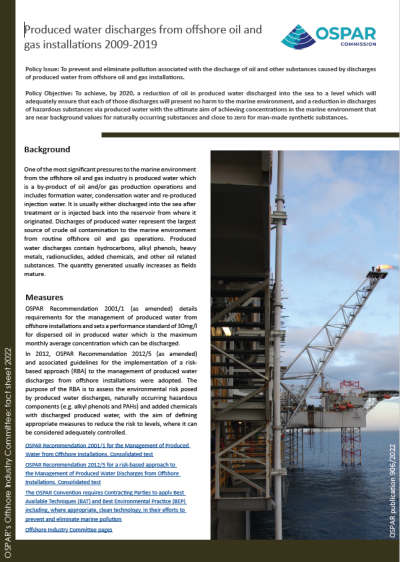
Produced water is the main source of oil discharged from routine production operations and also contains naturally occurring hazardous substances such as heavy metals, polycyclic aromatic hydrocarbons, alkyl phenols and radionuclides. There has been a gradual decline in the amount of produced water and displacement water discharged and the total quantity of dispersed oil discharged to the sea has also been decreasing. Contracting Parties have made considerable effort by applying BAT and BEP to meet the current performance standard for dispersed oil of 30mg/l as in OSPAR Recommendation 2001/1 amended by 2006/4 and 2011/8. To manage the environment risk posed by added and naturally occurring chemicals in produced water discharges Contracting Parties implement OSPAR Recommendation 2012/5.
Drilling fluids can contain substances including barite and ilmenite, both of which contain traces of heavy metals such as lead. Cutting piles are accumulation of solid material on the sea-bed arising from drilled rock together with any adherent drilling fluids. Measures are in place to reduce the impacts of pollution by oil and/or other substances from cuttings piles (OSPAR Recommendation 2006/5) and to manage the use of Organic-Phase Drilling Fluids (OPF) and the discharge of OPF-Contaminated Cuttings (OSPAR Decision 2000/3).
For offshore chemicals, OSPAR has phased out the discharge of offshore chemicals on the OSPAR’s List of Chemicals for Priority Action; and continues to reduce the discharge of added offshore chemical substances identified as candidates for substitution (OSPAR Recommendation 2019/02).


